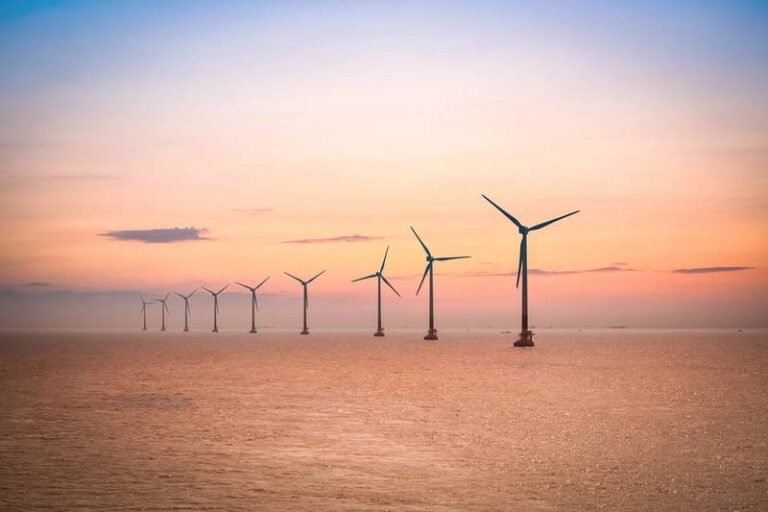BOEM Rescinds Wind Energy Areas on U.S. Outer Continental Shelf
The US Bureau of Ocean Energy Management (BOEM) has made a significant decision to rescind all designated Wind Energy Areas (WEAs) on the U.S. Outer Continental Shelf (OCS). This move marks a shift in federal policy regarding offshore wind energy development.
Originally established to identify offshore locations deemed most suitable for wind energy development, WEAs have played a crucial role in the planning and implementation of offshore wind projects. However, BOEM’s recent decision to rescind WEAs signifies a departure from the previous approach.
By rescinding WEAs, BOEM is effectively putting an end to the federal practice of designating large areas of the OCS for speculative wind development. This decision has far-reaching implications, as over 3.5 million acres of unleased federal waters that were previously targeted for offshore wind development across various regions, including the Gulf of America, Gulf of Maine, the New York Bight, California, Oregon, and the Central Atlantic, are now de-designated.
This move by BOEM reflects a shift in priorities and a reevaluation of the strategy for offshore wind development on the U.S. OCS. As the renewable energy sector continues to grow and evolve, regulatory agencies like BOEM are tasked with adapting policies to reflect changing circumstances and priorities.
While the rescission of WEAs may have immediate impacts on ongoing and future offshore wind projects, it also opens up new opportunities for stakeholders to engage in a revised planning process. This decision underscores the importance of flexibility and adaptability in the renewable energy sector, as policymakers and industry players work together to achieve a sustainable energy future.
As the landscape of offshore wind development continues to evolve, BOEM’s decision to rescind WEAs serves as a reminder of the dynamic nature of the renewable energy industry. By staying responsive to changing conditions and priorities, regulatory agencies can play a crucial role in shaping the future of offshore wind development in the United States.

